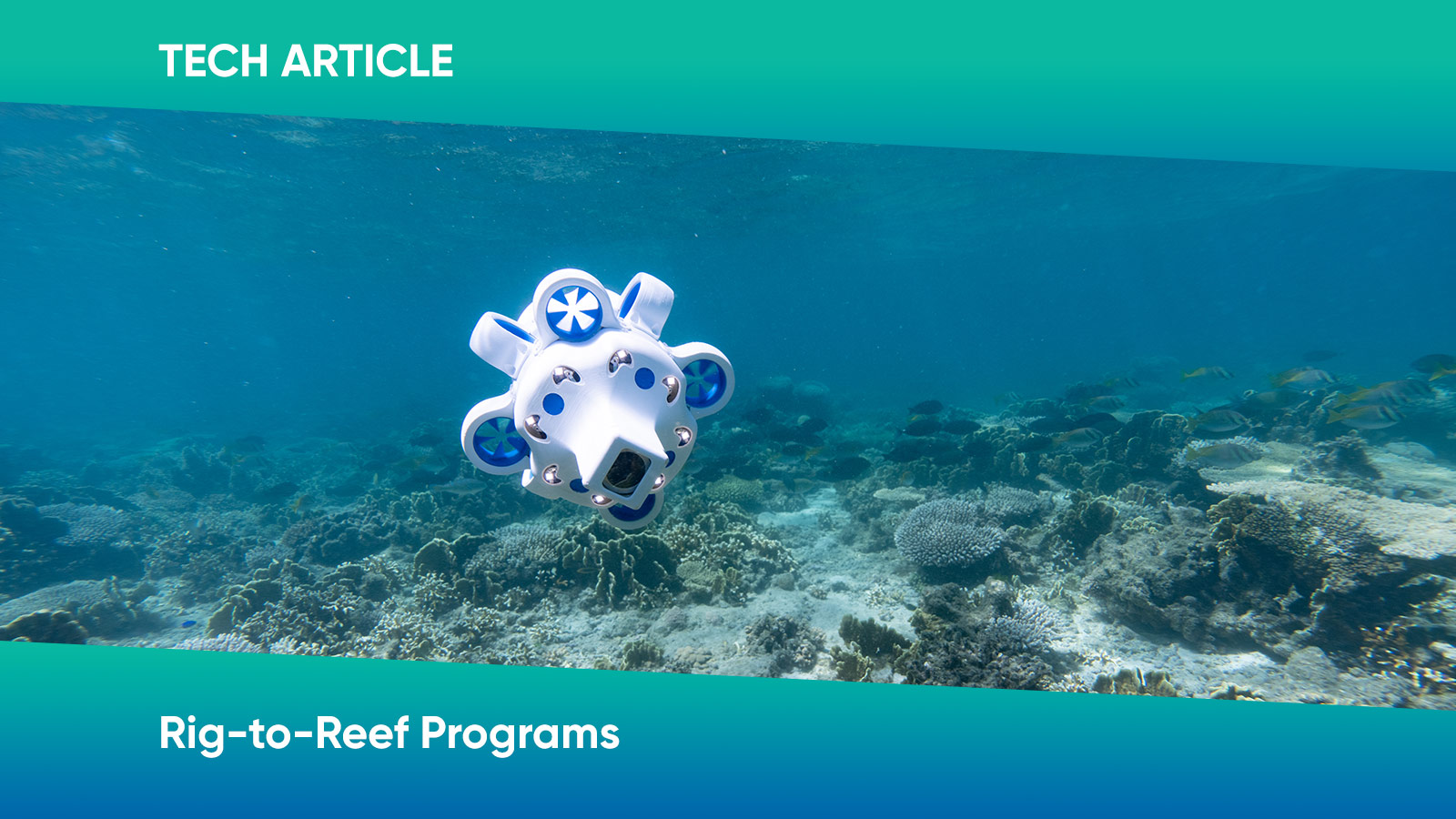
Understanding the Debate
Oil rigs, those formidable structures used for extracting crude oil and natural gas from beneath the ocean floor, face an intriguing dilemma when they reach the end of their productive life. In accordance with international law, governments typically require retired oil rigs be treated as maritime waste and removed. However, there is a growing interest in repurposing them as artificial reefs.
Advocates of this idea, including oil companies and researchers, argue many existing oil rigs have now transformed into thriving artificial reefs, fostering vibrant ecosystems below the sea surface. In addition to enhancing marine biodiversity, they claim these sites help support sustainable fishing, while serving as new fishing and diving sites.
Evaluating the Long-Term Environmental Impact
When it comes to repurposing or removing decommissioned oil rigs, the wider environmental impact must be carefully considered. Regulators face the challenging task of balancing ecological preservation with the commercial responsibilities of the oil industry, and the outcomes of these decisions can be complex. While there is evidence showing the potential of repurposed rigs to create new habitats for marine life, this may have unforeseen consequences in the long term, such as rig corrosion that can harm the surrounding ecosystem. On the other hand, removing these rig sites may disrupt established ecosystems that have been inhabiting around the area.
If a site is approved for repurposing, it is crucial to remove harmful substances before transforming the rig into an artificial reef. Additionally, a regular inspection and maintenance program must be implemented to ensure compliance with environmental regulations continue to be met.
Despite the oil industry’s interests in converting rigs into reefs, there has been a lack of research and understanding about the benefits of this practice, resulting in contentious debates.
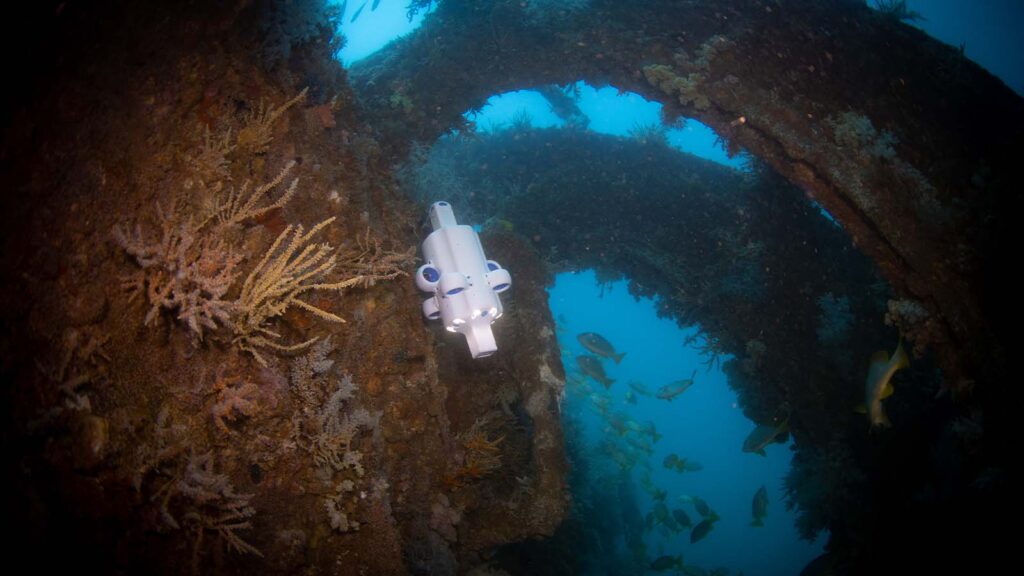
Hydrus micro-AUV capturing high-resolution imagery.
Environmental Monitoring of Decommissioned Oil Rigs
To effectively address this ongoing discussion, extensive research is required. This includes examining factors such as water quality, marine life populations and the long-term sustainability of the site. Traditional methods of subsea environmental monitoring, which involve divers collecting water samples and inspecting the rig, have limitations. They are time-consuming, labour-intensive, and too costly to be carried out on a regular basis.
In the pursuit of effective monitoring methods, companies have turned to advanced solutions such as remotely operated vehicles (ROVs), autonomous underwater vehicles (AUVs) and micro-autonomous underwater vehicles (micro-AUVs). These cutting-edge technologies not only provide significant cost savings, but also have the potential to provide more accurate and higher-resolution data.
The Evolution of Marine Monitoring Technology
ROVs are tethered vehicles controlled by crew members from a surface vessel. Equipped with large cameras and sensors, they possess impressive capabilities to collect data on water quality, temperature, marine life and other environmental factors. However, their range is limited by the length of their tether, which determines how far they can travel independently. At the end of each mission, a crew must also reel it back in.
AUVs, resembling miniature submarines (measuring up to 10 m long), can operate independently by following pre-programmed routes. This grants the vehicle freedom to cover large areas and undertake long-duration missions autonomously. However, AUVs are constrained by their need to travel at high speeds, which limits the type of data they can collect. Like ROVs, AUVs are relatively large, require deployment from crewed ships and can cost millions to deploy and operate.
Micro-AUVs, the smaller version of AUVs, excel at accessing areas larger AUVs and ROVs cannot reach. These agile vehicles are ideal for conducting detailed inspections of oil rig structures and reefs. Although micro-AUVs are smaller, they surprisingly offer significant advantages in terms of data collection, versatility and efficiency. They can be launched from various platforms or even be hand-launched from a boat, making them incredibly cost-efficient and user-friendly.
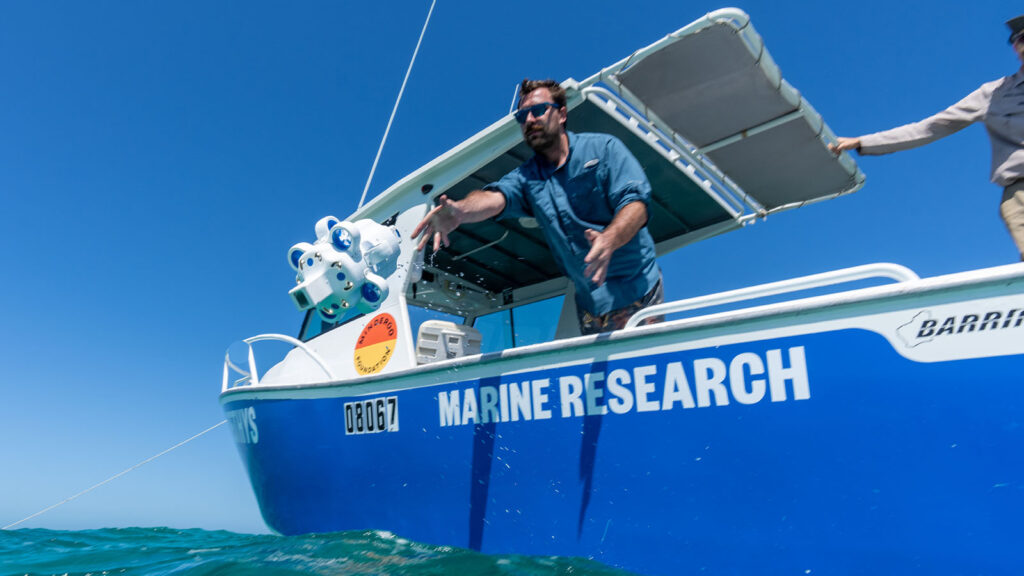
Hand-deployment of a Hydrus micro-AUV.
When it comes to subsea environmental monitoring, it’s important to consider the strengths and limitations of different technologies. Micro-AUVs offer a unique combination of benefits which is pivotal to the success of more regular underwater inspections. They are scalable, require lower capital investment and less deployment and maintenance costs, making it possible to deploy multiple units at a fraction of the price of a single ROV or AUV.
Exploring a Real-World Rig-to-Reef Opportunity
In a fascinating real-world scenario, an oil company has proposed transforming a decommissioned oil rig off the Australian coast into an artificial reef. While the site holds immense potential, cautious environmental regulators have mandated biennial inspections over the next 20 years to carefully evaluate its suitability before approving the site for repurposing.
One major challenge faced during inspections at this site is the presence of strong currents, reaching speeds of up to 4 knots. Additionally, tidal conditions allow for only 2.5 hours of inspection time around the rig.
With these limitations in place, using conventional ROVs or AUVs would only allow for a short 30-minute window to collect data. This accounts for the two hours needed to anchor the boat and map the site, as well as the additional time required to launch and retrieve the vehicle.
To overcome these challenges, the company has chosen Advanced Navigation’s cutting-edge micro-AUV, Hydrus. Weighing only 7kg, this compact and easy-to-use device can be quickly deployed by hand from a boat, eliminating the need for extra personnel and machinery. In comparison to deploying a large ROV or AUV, Hydrus gave inspection teams an extra hour to capture footage, imagery and data. This resulted in substantial savings of both time and resources.
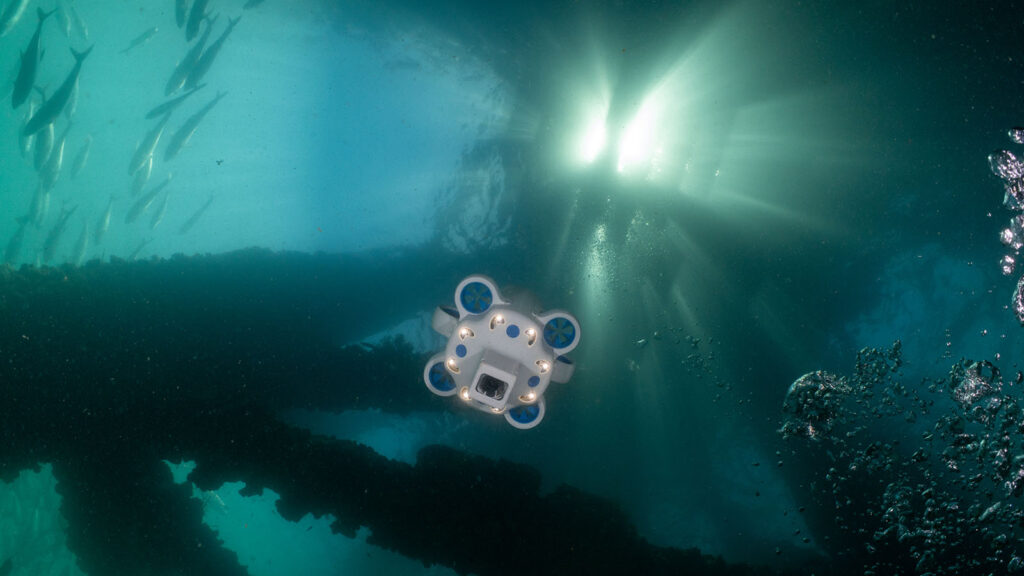
Hydrus autonomously navigating around underwater structures.
The Defining Role of Micro-AUVs
Micro-AUVs offer an optimal solution for the monitoring of decommissioned oil rigs in the subsea environment from logistical, commercial and safety perspectives. These small underwater vehicles not only prevent human divers from being exposed to underwater hazards, but also provide scalability and efficiency in deployment compared with other types of vehicles. Hydrus, for example, is equipped with advanced AI technology, a high-resolution camera and specialised thrusters, enabling it to navigate through strong currents, access hard-to-reach areas, and capture detailed imagery and video in challenging environments where ROVs and AUVs would face difficulties. The usability and relatively low cost of Hydrus mean inspection teams can deploy multiple units during site visits or increase the frequency of monitoring to gather more granular data.
The recent example in Australia serves as a critical use-case of how micro-AUVs play an important role in providing essential research for regulators and governments. As the debate surrounding the repurposing of oil rigs into reefs continues, the capabilities offered by micro-AUVs will help enable more informed decisions to be made regarding the use of decommissioned oil rigs.
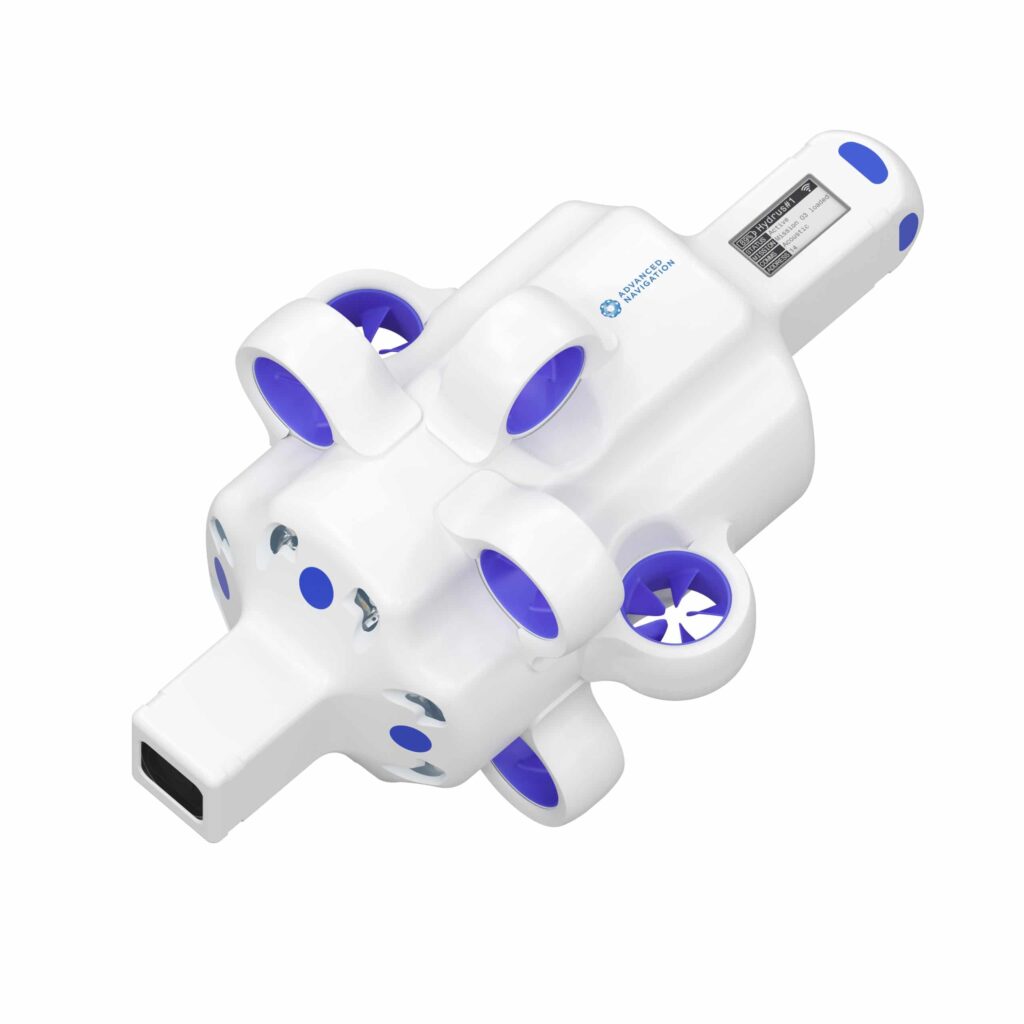
Hydrus takes the drone revolution underwater with the most
advanced sonar, navigation and communications systems of any
subsea vehicle. It contains a DVL, USBL, INS, acoustic and optical
modems, all tightly integrated. This enables highly reliable, fully
autonomous underwater missions at your fingertips. It also provides
obstacle detection and collision avoidance.
